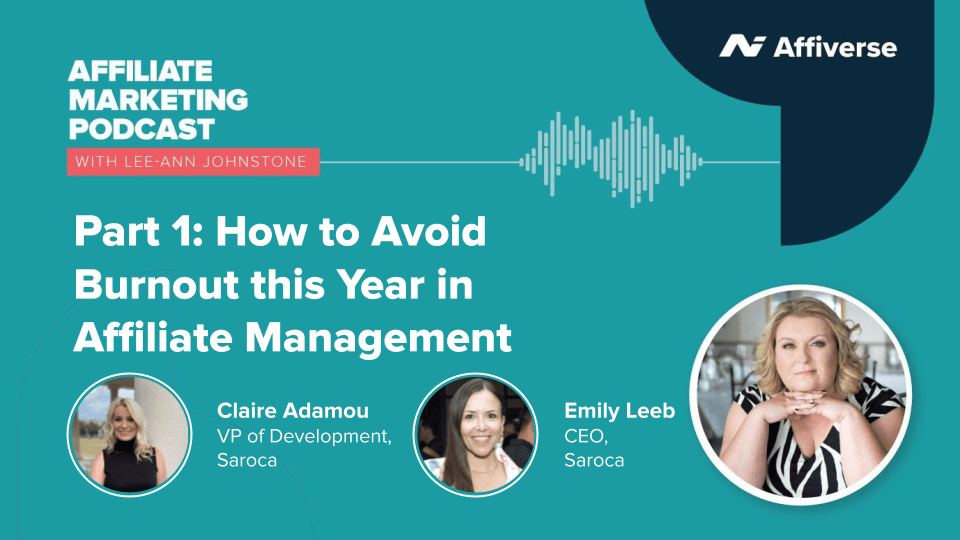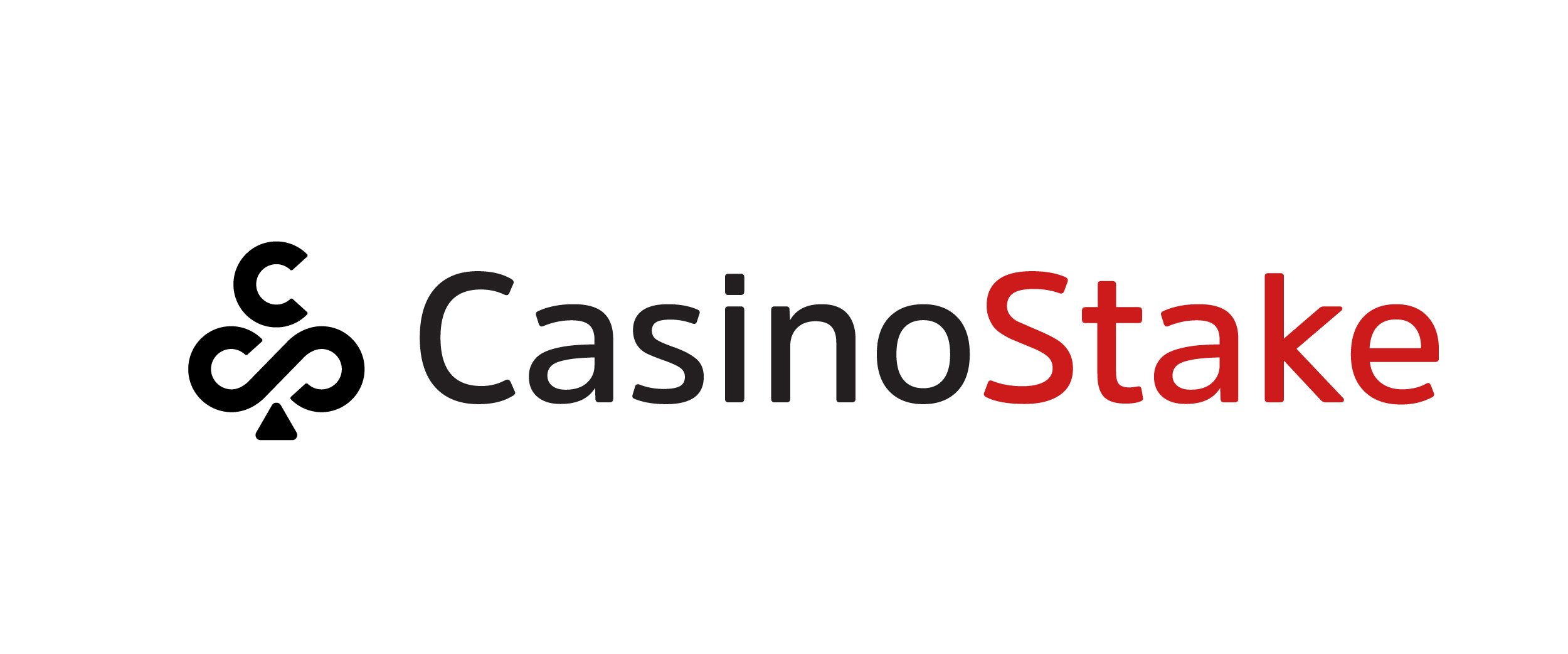If you undertake multiple acquisition marketing activities, then you might have an overall view of how these campaigns are going, but with attribution modelling in place it can allow you to see and understand your users and what works best to convert on site.
What is attribution modelling?
There are many types and sources of traffic coming to your affiliate site at any given time, including sources that you might not know about. The ones that you’re spending the most amount of time and money on aren’t always the ones that bring in the highest conversion rates. This is a fallacy that many site owners fall into, as they believe their spend indicates how successful their site will be.
However, it’s not always about spending a large amount on acquiring traffic. In fact, it’s better to understand which channels hold the most value for you, so you can redirect your budget , resource and efforts to the channels that are really working. If you’re working with a smaller marekting budget or time constraints then attribution modelling within your reporting is essential to be able to get the results that you need.
How does it work?
There are different models that you can use to assess your return on investment from a variety of channels. Not all of these models are created equal, so it’s important for you to understand which will give you the best data to work with.
The first one that we’re going to talk about is first touch attribution, which focuses on the first interaction a user has with your site. This is often the most important attribute of a converting customer, as it’s where they first came into contact with your brand. It doesn’t tell you much about the user journey though, or how many times they visited the site prior to conversion.
Last touch attribution can also be used to ascertain more information about your converting users. By looking into the last page they interact with on the site, you can work out which pages are best at funnelling primed traffic to your operator partners. By understanding this, you can work out what elements of these pages are really selling your users, then implement this across your site.
Multi source attribution takes into account the sources of the traffic, rather than the behaviours taking place on site. This can be used to assess the time decay, weight of traffic and conversion rate. You can customise this attribution model to show whichever factor you put the most weight in.
It’s also possible to use a weighted multi source attribution model, which is slightly more complex. This means that you add more information into the equation, by adding in the resources that these channels use. By placing all of this information into your model, you’ll receive a more detailed outcome.
Making an attribution model for your site
Within Google Analytics, you can create an attribution model that shows everything you need for your brand. It’s possible to create up to 10 of these, so you can switch between the stats that matter to you most. The baseline models that come as part of the software are useful too, so don’t write these off right away.
By using different metrics, you can create the attribution model that tell you what you need to know about your site’s actual performance. Whether that’s how it’s doing on social media or how long your average customer takes to convert, it’s all possible within the analytics software.
This may all sound overly complex and it’s important not to get lost in the data, but use it to tell you the story of how users are interacting on your site and with your content and advertising to give you a better picture of how to optimise your efforts to drive better results.
If you want to learn more about how to build your brand, then you should book your ticket to attend AffiliateFEST. This disruptive digital event will be sharing expert secrets you need to make your brand stand out alongside a plethora of networking alongside.
























